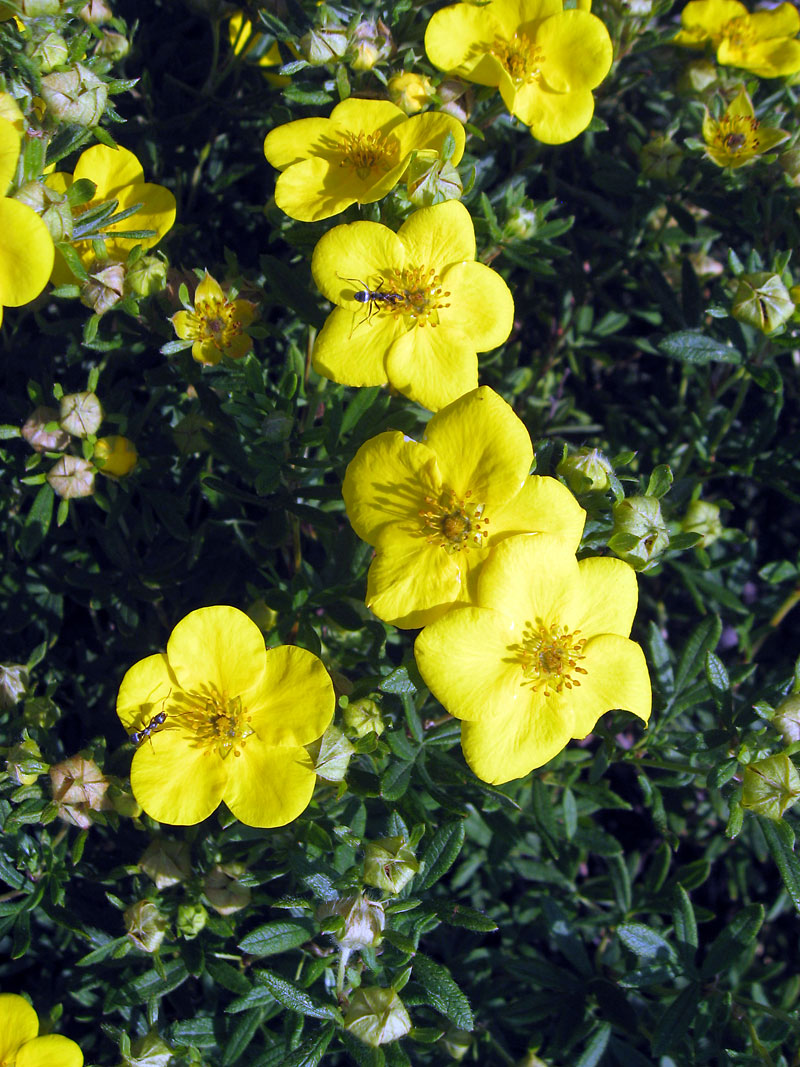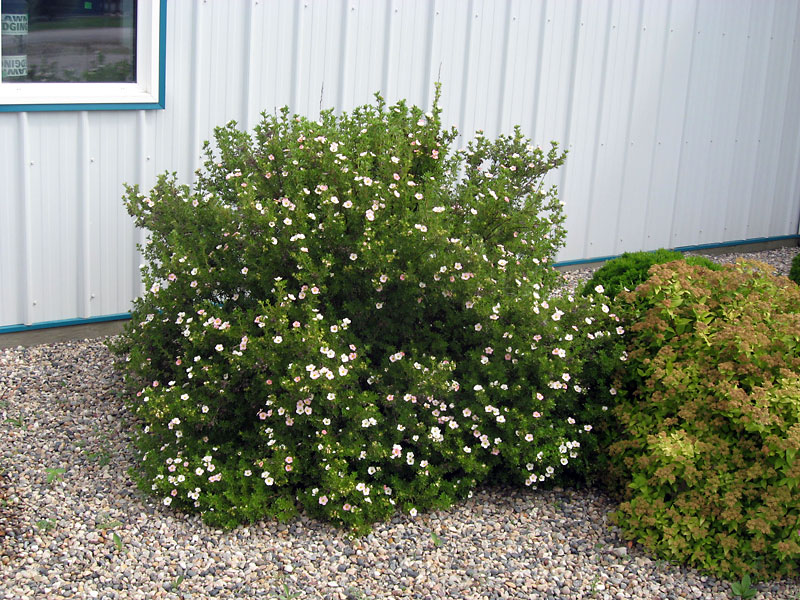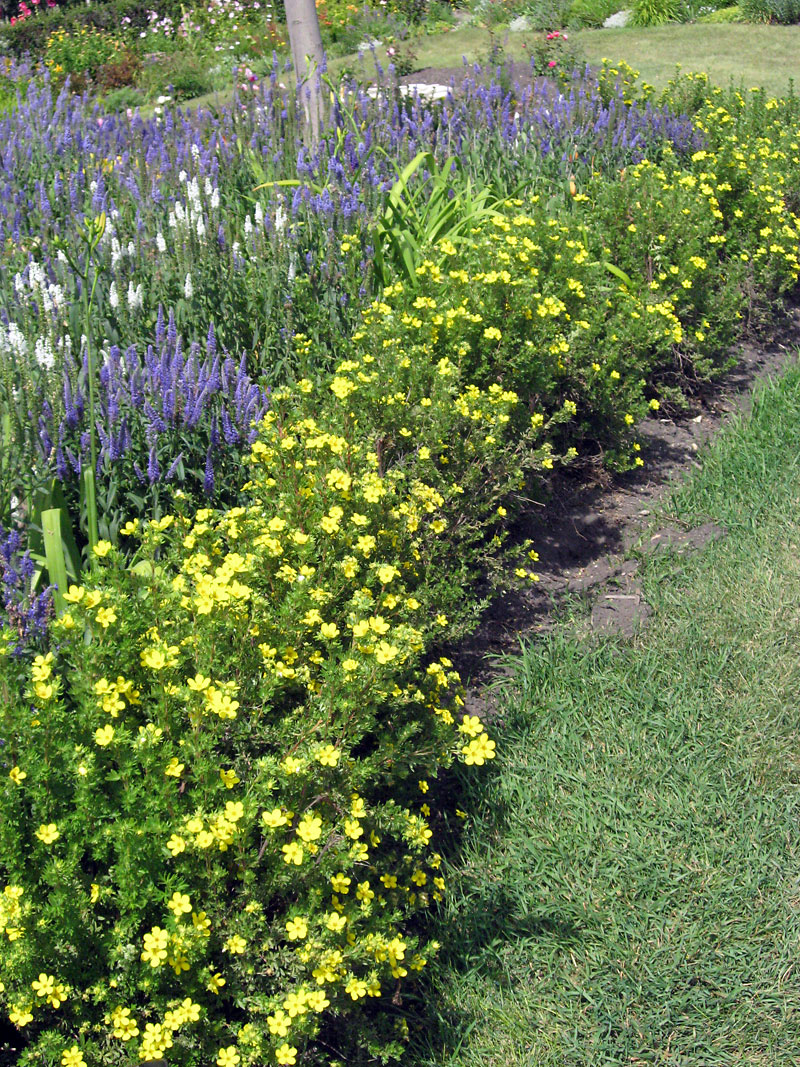Gone Gardenin’ – Potentilla: It’s a crime to take this tough little beauty for granted
Advertisement
Read this article for free:
or
Already have an account? Log in here »
We need your support!
Local journalism needs your support!
As we navigate through unprecedented times, our journalists are working harder than ever to bring you the latest local updates to keep you safe and informed.
Now, more than ever, we need your support.
Starting at $14.99 plus taxes every four weeks you can access your Brandon Sun online and full access to all content as it appears on our website.
Subscribe Nowor call circulation directly at (204) 727-0527.
Your pledge helps to ensure we provide the news that matters most to your community!
Read unlimited articles for free today:
or
Already have an account? Log in here »
Hey there, time traveller!
This article was published 01/08/2012 (4304 days ago), so information in it may no longer be current.
Some plants are so prevalent and so enduring in our landscapes that we often take these reliable old standbys for granted and barely give them a second thought.
Yet, during the growing season, from time to time, we are stopped in our tracks as we come upon a display of said plant and are reminded all over again why we include it in our planting schemes.
I was driving down Minnedosa’s Main Street the other day and had just such a reminder as I drove past one of the town’s pocket parks. This one has a cairn as well as some rock and an old plow, but providing most of the colour and interest were a couple of potentilla shrubs. With their brilliant yellow blooms shining in the sun, the shrubs certainly drew my eye right to them as I drove past. They were the focal point of the display.

Potentilla is a common shrub — we see it used in mass plantings in public spaces as well as in private landscapes. The fact that it is used in such places as shopping centre parking lots and in front of commercial complexes is a testament to how versatile and hardy potentilla really is.
It is no surprise that potentilla is actually a native plant — the lineage of all the potentilla varieties can be traced back to the native cinquefoil that grows wild in many areas of Manitoba. Plants that have been developed from native species are always tough, dependable plants that are reliably hardy and perform well despite the challenges of our climate.
I must admit that among the many potentilla varieties, I much prefer the yellow-flowered ones. ‘Coronation Triumph’ has been around for a long time and is one of the tallest, reaching heights of up to two metres. Another tall variety is ‘Goldfinger’.
There are shorter yellow varieties, such as the 65 centimetre tall ‘Gold Star’. Whatever the height, yellow potentilla shrubs all sport bright, single, golden-yellow blooms that cover the plants for most of the growing season.
‘Pink Beauty’ is the most common pink-flowered variety, while ‘Abbotswood’ is the premiere white one. Both grow more than a metre in height and have similar single blooms — albeit pink or white and not yellow.

The pink flowers of ‘Pink Beauty’ tend to fade to pale pink or even white in direct sun. ‘Abbotswood’ has pure white blooms that can be quite effective in the landscape.
Potentilla does best in full sun although it will tolerate part shade. As the amount of shade increases the amount of bloom decreases, so for best results, the more sun potentilla receives, the better.
One if its best characteristics is that potentilla is extremely drought tolerant and even when planted as a foundation shrub against a south-facing wall, the shrub will bloom prolifically and suffer no ill effects from the heat or lack of moisture.
Potentilla can easily be trimmed to keep it in bounds and mature specimens should be rejuvenated by removal right to ground level of a few of the most mature stems each year.
Potentilla does not mind sharing space with other plants so it is quite at home in a mixed shrub bed. It also has enough textural interest because of its finely cut foliage to act as a accent plant.

I have seen potentilla used in mixed flower borders, as “gateposts” on both sides of a path going into a garden room, and as a short informal flowering hedge. They are useful as well in massed planting in raised beds or on medians and boulevards.
Some people find the shrubs rather unattractive during the time they are not leafed out — they tend to look a bit twiggy and some gardeners become concerned in late spring because they think the shrubs look dead. They are a bit later to leaf out than many other shrubs, but after they develop their leaves, they regain their attractiveness.
Potentilla is a shrub that takes minimal care, is very hardy and resilient, looks good — and blooms — all summer, and has a wide range of uses in the landscape.
I bet you have one in your garden or there is one in a garden not that far from you, as potentilla is one of those common plants that are everywhere and that we simply take for granted.
Albert Parsons is a consultant for garden design and landscaping who lives in Minnedosa.

» communitynews@brandonsun.com

